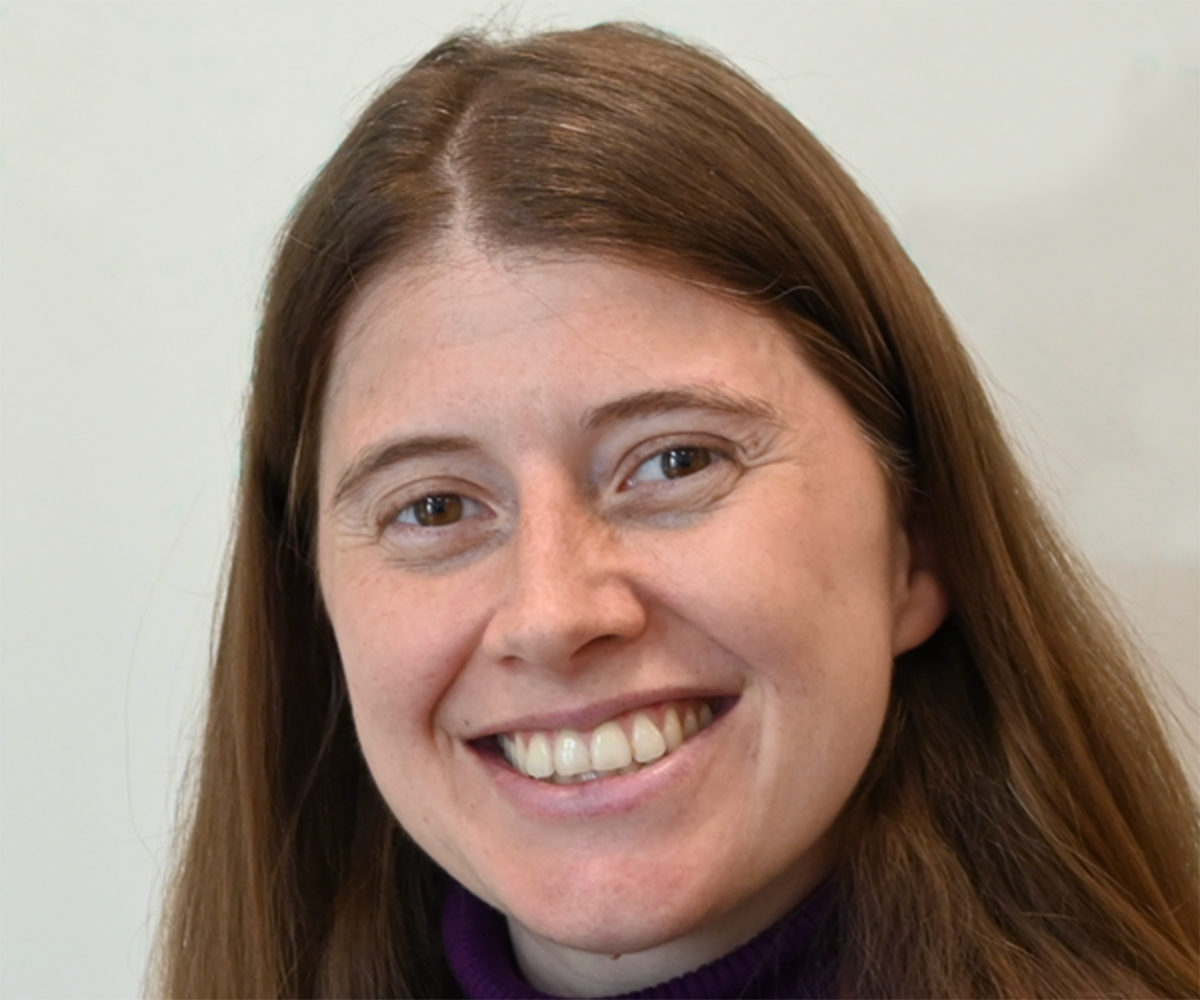



Researchers led by Ludwig Oxford’s Marketa Tomkova, Michael McClellan, Benjamin Schuster-Böckler and Skirmantas Kriaucionis punctured a longstanding assumption about the source of the most common type of DNA mutation, in which cytosine (C) is swapped for a thymine (T). This mutation was thought to be primarily the result of spontaneous deamination, which is about twice as likely to happen in epigenetically methylated cytosines, which occur in genomic DNA at so-called “CpG” positions. The researchers reported in Nature Genetics in October that CpG to TpG mutations are instead primarily generated during DNA replication and caused by the tendency of DNA polymerase ε (Pol ε) to make copying errors at methylated CpG sites. They developed a sensitive new sequencing technology—Polymerase Error Rate Sequencing (PER-seq)—that discerns genuine errors made by Pol ε from experimental artifacts and applied it to sequence over 130 million DNA molecules. The results revealed that a common mutant of Pol ε reproduced the error signature observed in tumors with this mutation, including elevated CpG to TpG errors at methylated sites. Even the normal Pol ε produced such mutations at seven times the rate observed for nonmethylated cytosines. The findings link the incidence of CpG to TpG mutations to cell division, explaining why these mutations tend to accumulate with age and why they vary so much in frequency across tissues and tumors.
DNA polymerase ε produces elevated C-to-T mutations at methylated CpG dinucleotides
Nature Genetics, 2024 October 9